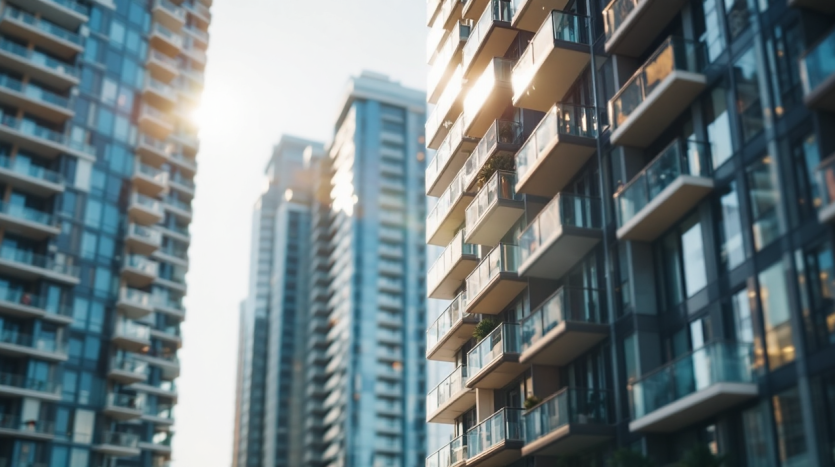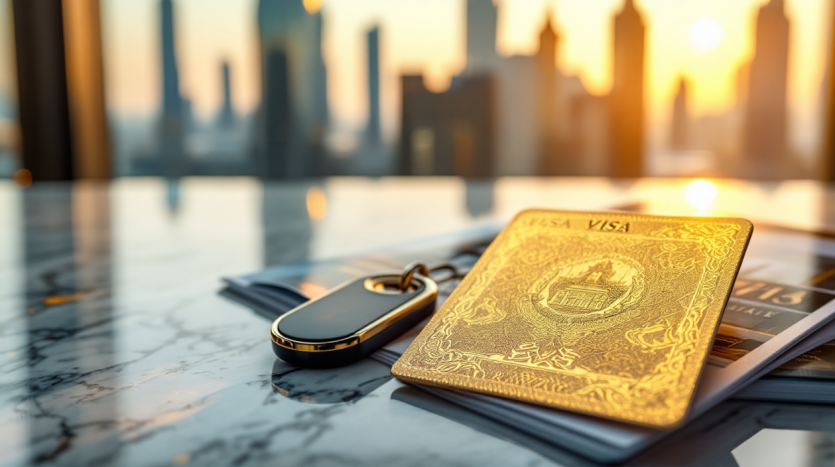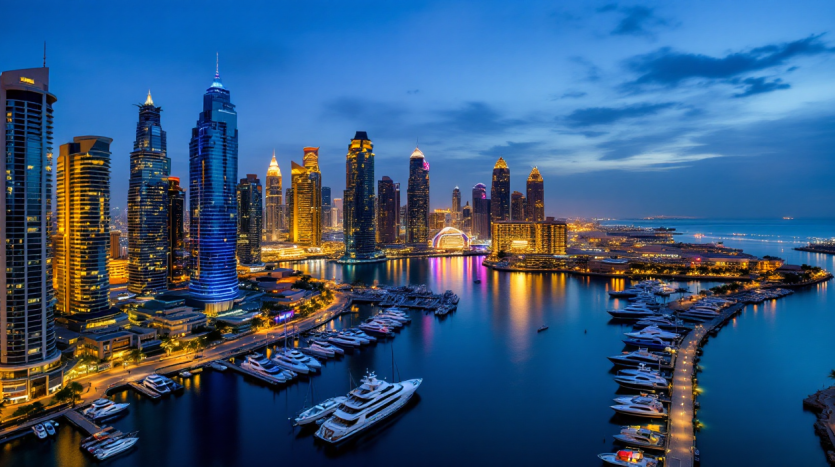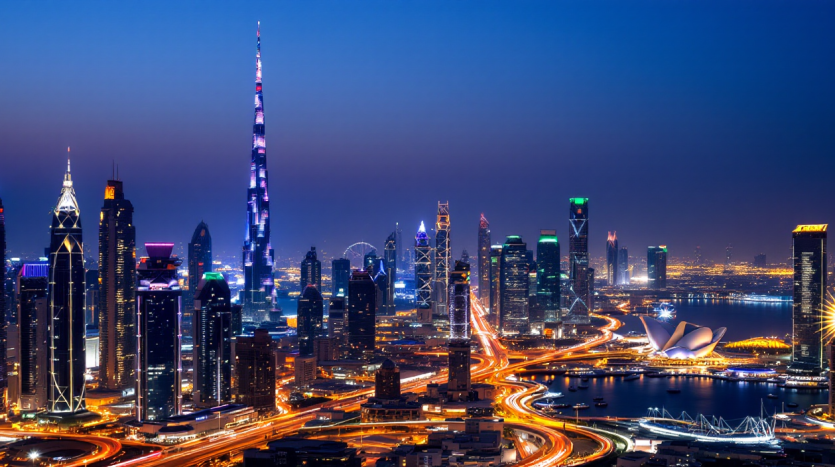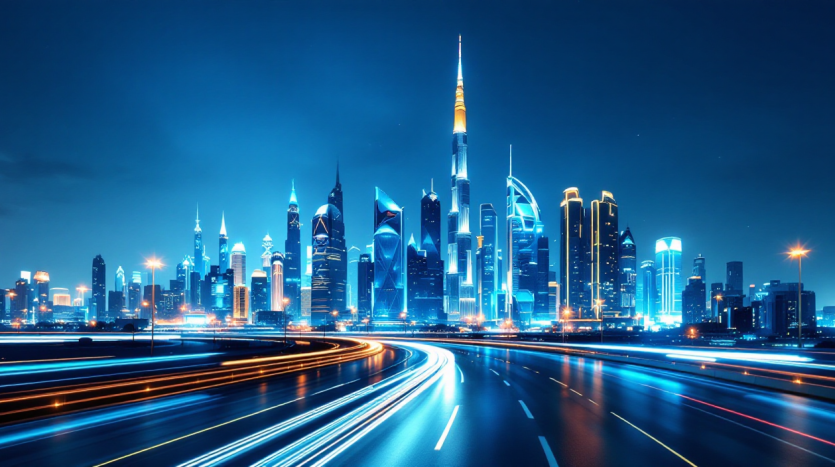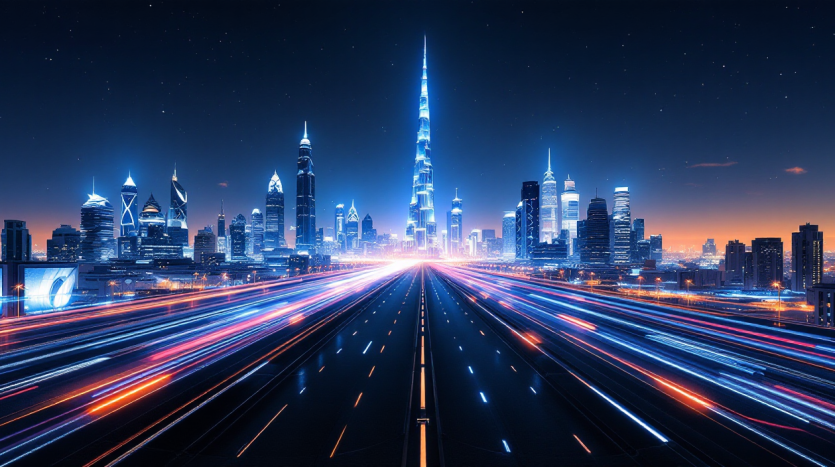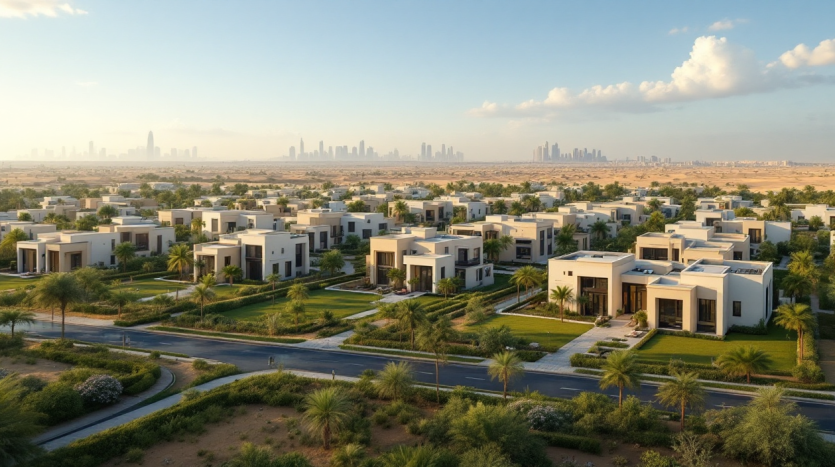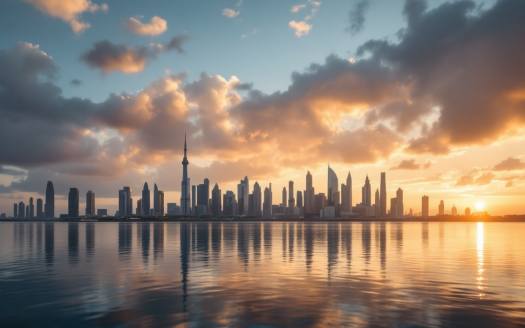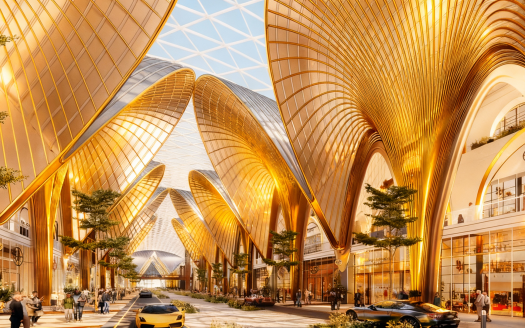
Where to Invest in Dubai Property for ROI and a 10-Year Golden Visa
Dubai’s Property Moment: When Investment Meets Residency
In a city where cranes trace the skyline as faithfully as the sun, every real-estate cycle writes a new chapter of ambition.
But the story of Dubai in 2025 isn’t only about glass towers or off-plan booms — it’s about time, belonging, and the quiet power of a visa stamp.
At AED 2 million, the threshold for the UAE’s 10-year Golden Visa, property ceases to be just an asset. It becomes a bridge between financial return and residency — a proposition few other global markets can match.
Investors who once chased only yields are now calculating something deeper: where can I earn — and stay?
The AED 2 Million Rule — and Why It Matters Now
Under the Dubai Land Department (DLD) framework, property buyers owning real estate worth AED 2 million or more can apply for a renewable 10-year Golden Visa. The property must be completed and owned outright, though joint ownership is allowed if the total value crosses the threshold.
This single policy has redrawn the investment map. Developers design units priced deliberately at AED 2.05 million — a psychological and legal sweet spot. Agents label listings “Golden Visa eligible.” Off-plan brochures highlight the number as boldly as the square footage.
According to Gulf News, projects priced in that band continue to dominate demand. Many investors stretch slightly above earlier budgets just to reach the line. Khaleej Times adds that this segment now represents the largest share of Golden Visa property applications, surpassing both business-owner and salaried categories.
For overseas buyers, the logic is simple: pay AED 2 million once, earn returns every year, stay for a decade.
 How Dubai’s ROI Compares Globally
How Dubai’s ROI Compares Globally
Dubai remains one of the few world cities where investors can secure gross rental yields above 6 percent even in central locations.
Engel & Völkers’ 2025 data places the average yield at 6.76 percent, with apartments outperforming villas (7.1 percent vs 4.9 percent).
To contextualise: London hovers near 3.5 percent, Singapore around 2.8, New York under 3. In a world of compressed returns, Dubai’s spread is striking.
But yield is never uniform. Service charges, management costs, and vacancy gaps can trim real income. The task is to find neighbourhoods where purchase price, demand, and infrastructure align with the visa threshold — creating both eligibility and efficiency.
 Dubai Marina — Maturity with Momentum
Dubai Marina — Maturity with Momentum
Dubai Marina remains a symbol of aspirational living. The 3.5-kilometre canal, lined with residential towers and retail promenades, still commands global recognition.
In 2025, a one-bedroom apartment priced around AED 2 million yields between 6 and 6.7 percent, according to Gulf News. The rental market is liquid; occupancy stays high even through seasonal dips.
Its challenge is cost. As prices rise beyond the visa threshold, yields naturally compress. Yet for investors prioritising liquidity and lifestyle, Marina remains one of the safest bets in Dubai’s core.
Jumeirah Lakes Towers (JLT) — The Rational Investor’s Marina
Across Sheikh Zayed Road lies JLT, a mirror image with a different temperament: slightly older, more affordable, and quietly consistent.
Two-bedroom apartments around AED 2 million generate returns near 6.75 percent. The community’s mix of families and professionals ensures occupancy, while the Metro and Sheikh Zayed connectivity make it logistically sound.
JLT rarely makes headlines, but in investor spreadsheets, it performs year after year — a workhorse district ideal for meeting the Golden Visa requirement without straining capital.
 Jumeirah Village Circle (JVC) — Dubai’s Yield Capital
Jumeirah Village Circle (JVC) — Dubai’s Yield Capital
If Marina represents prestige, JVC represents performance. Mid-rise towers, newer developments, and competitive service charges combine to produce average yields of 7 to 7.5 percent, the highest among Dubai’s major districts.
For investors, JVC is a strategic middle ground: affordable enough to buy multiple units, developed enough to hold value. A two-bedroom apartment priced just above AED 2 million easily qualifies for the visa while delivering income that outpaces inflation.
The area’s evolution — from speculative to self-sufficient — mirrors Dubai’s broader shift toward sustainable mid-market living.
 Downtown Dubai — Prestige with Predictable Growth
Downtown Dubai — Prestige with Predictable Growth
No address in the city carries the same global cachet as Downtown Dubai. The Burj Khalifa, Dubai Mall, and Opera District anchor its skyline. Here, investors buy identity as much as bricks.
A one-bedroom apartment typically starts around AED 2.4 million, yielding roughly 5.5 percent. That may seem modest, but it’s offset by liquidity and long-term capital preservation.
In volatile cycles, Downtown units hold value better than peripheral areas. For buyers prioritising security and status, it remains the benchmark of stability — a core holding in any Golden Visa portfolio.
Business Bay — The Hybrid Core
Next door, Business Bay offers a more corporate version of central living. Glass towers overlook the canal, and proximity to Downtown attracts executives and consultants.
A two-bedroom apartment priced near AED 2.1 million produces yields of around 5.4 percent. While returns are mid-range, the trade-off is liquidity and location. As new commercial projects open, demand for residential leases continues to expand.
For investors, Business Bay is less about speculation and more about steady urban cash flow — a natural complement to a JVC or JLT holding.
Damac Hills 2 and Rukan (Dubailand) — The Suburban Frontier
Move outward, and Dubai’s expansion tells a different story. Beyond the urban core, villa communities like Damac Hills 2 and Rukan in Dubailand cater to families seeking space, greenery, and affordability.
A three-bedroom townhouse in Rukan, priced around AED 2.26 million, can deliver yields close to 7 percent, reports Gulf News. In Damac Hills 2, villas just above AED 2 million yield around 6.4 percent.
Their potential hinges on connectivity: as the Al Maktoum International Airport and Dubai South corridor develop, these suburbs could appreciate significantly. Investors willing to hold through the build-out phase may find value others overlook.
 Market Crosswinds — The Supply Question
Market Crosswinds — The Supply Question
Optimism must be tempered by arithmetic. According to Reuters, citing Fitch Ratings, Dubai property prices could decline up to 15 percent by 2026 as supply catches up with demand. Over 200,000 new units are expected to be delivered — nearly double the historical average.
Such volume could pressure rents, especially in districts dense with off-plan completions. Smart investors therefore factor in vacancy risk and avoid over-leveraging.
Equally, rising service charges in premium zones — sometimes exceeding AED 30 per sq ft annually — can reduce net yields by a full percentage point. The market’s winners will be those who manage expenses as carefully as entry prices.
Strategies for 2025 and Beyond
The most successful portfolios in 2025 are balanced rather than concentrated. A practical approach pairs one high-yield mid-market unit (JVC or JLT) with one blue-chip address (Downtown or Business Bay). Together, they exceed the AED 2 million threshold while diversifying risk between income and appreciation.
Developers, aware of this investor psychology, now structure launches around visa eligibility — offering post-handover plans, furnished packages, or fractional joint-ownership options that keep valuations above the magic number.
For new entrants, this dual focus — ROI plus residency — is the defining logic of Dubai’s 2025 market.
Why the Golden Visa Still Matters
Beyond financial metrics, the Golden Visa has transformed buyer behaviour. It turns short-term speculation into long-term commitment. Families relocate rather than rent; entrepreneurs base companies in Dubai instead of remitting profits abroad.
The result is stickier demand and a deeper ecosystem of ownership. As more nations tighten migration rules, Dubai’s investor residency becomes a competitive advantage — effectively merging property investment with global mobility.
For investors from Europe, South Asia, and Africa, the ability to secure residency through a single asset remains a rare and compelling incentive.
 Outlook — The Next Decade of Dubai Property
Outlook — The Next Decade of Dubai Property
Dubai’s property narrative has always been cyclical, but the policy layer introduced by the Golden Visa makes this cycle different.
Rather than a speculative surge, the market now draws capital anchored by intention — investors planning to live, work, and contribute.
If forecasts hold, short-term corrections will coexist with long-term stability. The city’s infrastructure pipeline — from airport expansion to the metro extensions and coastal masterplans — underwrites that confidence.
For investors, the takeaway is clear: the best buys of 2025 are not just homes or units but strategic positions in Dubai’s evolving social contract — property as both profit and presence.
Verified Sources

